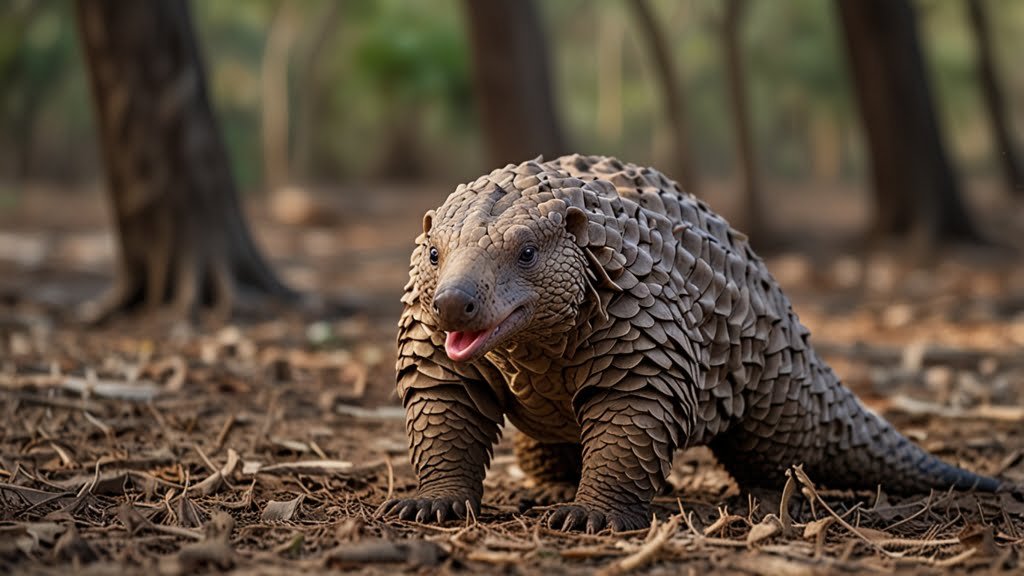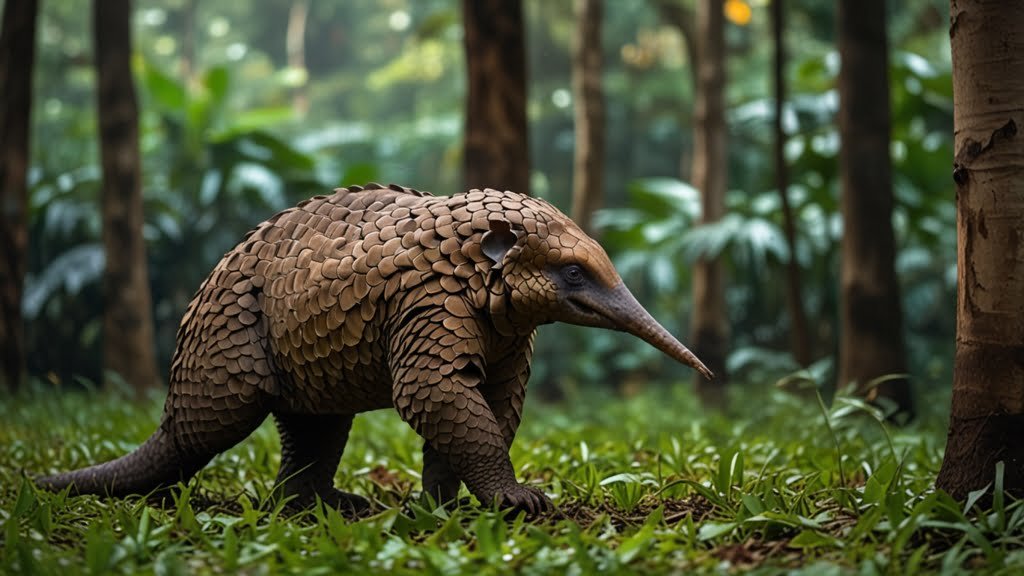Introduction
In the tangled depths of South Asia’s forests and grasslands, the Indian pangolin (Manis crassicaudata) scuttles through a world that is as elusive as it is vital. With its unique scales and secretive nature, this nocturnal creature lives a life shrouded in mystery. Yet, understanding the Indian pangolin habitat is crucial for appreciating the ecological role of this fascinating species and ensuring its survival amidst growing environmental threats.
The Enigmatic World of the Indian Pangolin
The Indian pangolin is no ordinary mammal. Covered in protective scales, this insectivore prowls the undergrowth with a grace that belies its armor. But where does this creature find its home? To truly understand, we must delve into the intricate details of its habitat.

Diverse Landscapes of the Indian Pangolin Habitat
The Indian pangolin exhibits remarkable adaptability, thriving in a variety of environments across its range. From the dense, humid forests to the open grasslands, its habitat is as varied as the terrain it traverses. Here’s a closer look at the key environments where the pangolin makes its home:
Tropical Forests: The Lush Understory
In the lush, verdant realms of tropical forests, the Indian pangolin finds a sanctuary rich in biodiversity. These forests, with their dense canopy and moist soil, are perfect for pangolins. The abundant leaf litter and rotting wood provide both food and shelter, while the complex network of roots and branches offers protection from predators.
Subtropical Forests: A Mixed Landscape
The subtropical forests, with their varied vegetation and mild climate, offer a different yet equally suitable environment for the Indian pangolin. These areas, characterized by a mix of deciduous and evergreen trees, support a diverse range of insects that are essential for the pangolin’s diet. The less dense vegetation allows pangolins to forage more efficiently while still providing cover from predators.
Grasslands and Savannahs: Open Spaces
Even in the more open grasslands and savannahs, the Indian pangolin adapts with surprising ease. Though less covered than forests, these areas provide ample opportunities for digging and foraging. The expansive terrain allows pangolins to use their powerful claws to unearth their favorite insect prey, while the sparse vegetation still offers some degree of concealment.

The Adaptive Traits of the Indian Pangolin
The Indian pangolin is not just a survivor, it is an expert in navigating its diverse habitats. Its thick, overlapping scales are not merely for show; they serve as armor against predators and environmental challenges. The pangolin’s strong claws are perfectly adapted for digging into termite mounds and ant hills, ensuring a steady supply of food.
Challenges Facing the Indian Pangolin Habitat
Despite its adaptability, the Indian pangolin faces significant threats. Habitat destruction due to deforestation, agricultural expansion, and urban development is severely impacting its natural environment. The loss of these critical habitats not only threatens the pangolin’s survival but also disrupts the delicate balance of the ecosystems in which it lives.
Efforts to conserve the Indian pangolin’s habitat are crucial for its survival. Conservationists are working tirelessly to mitigate the effects of habitat loss through various strategies. These include habitat restoration projects, anti-poaching initiatives, and raising public awareness about the importance of protecting this unique species and its environment.

Conclusion
The Indian pangolin is a creature of remarkable resilience, thriving in a range of habitats across South Asia. Understanding the nuances of its habitat helps us appreciate its role in the ecosystem and underscores the importance of conservation efforts. By protecting these diverse environments, we ensure that the Indian pangolin continues to thrive in its natural world.



